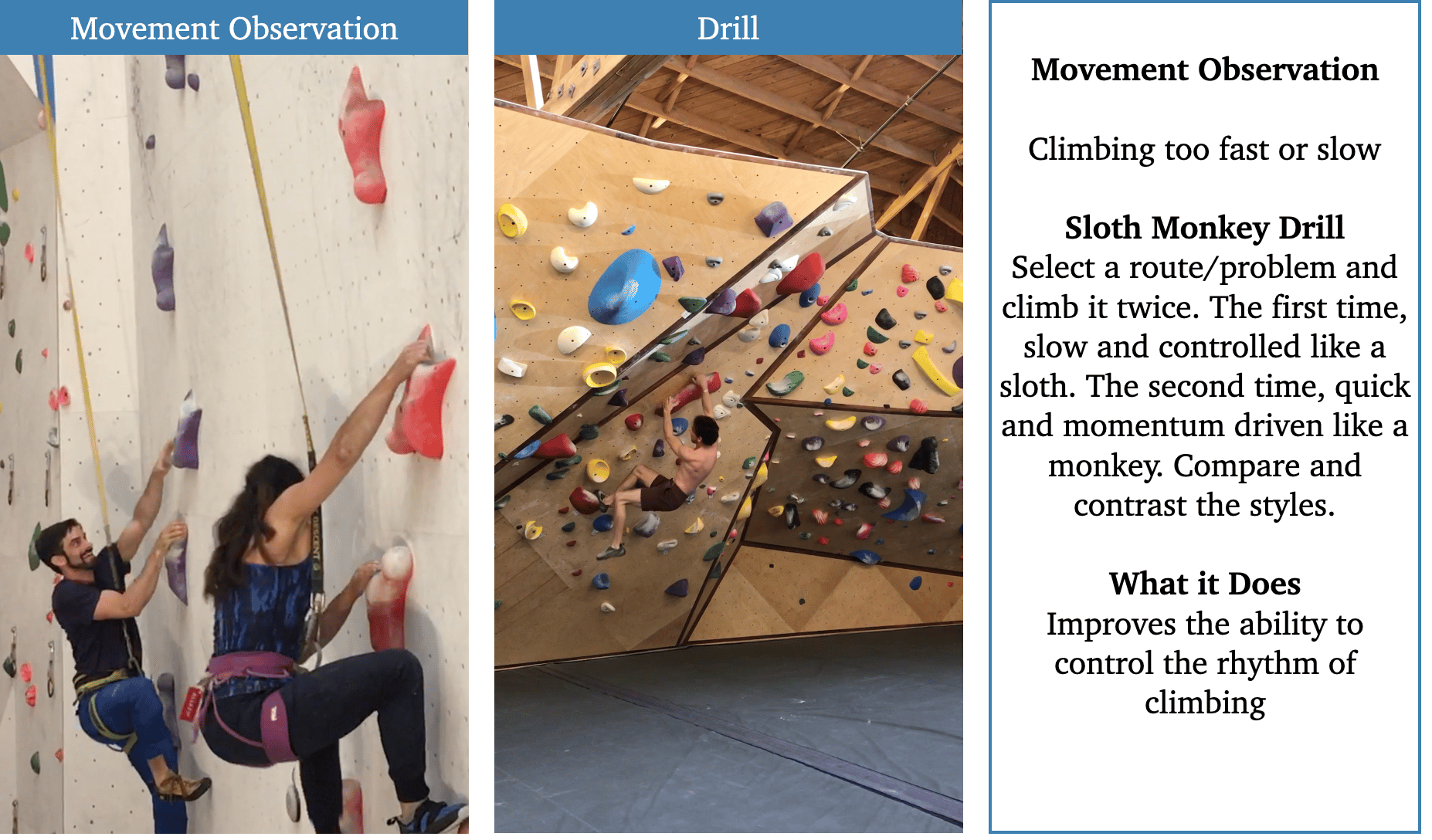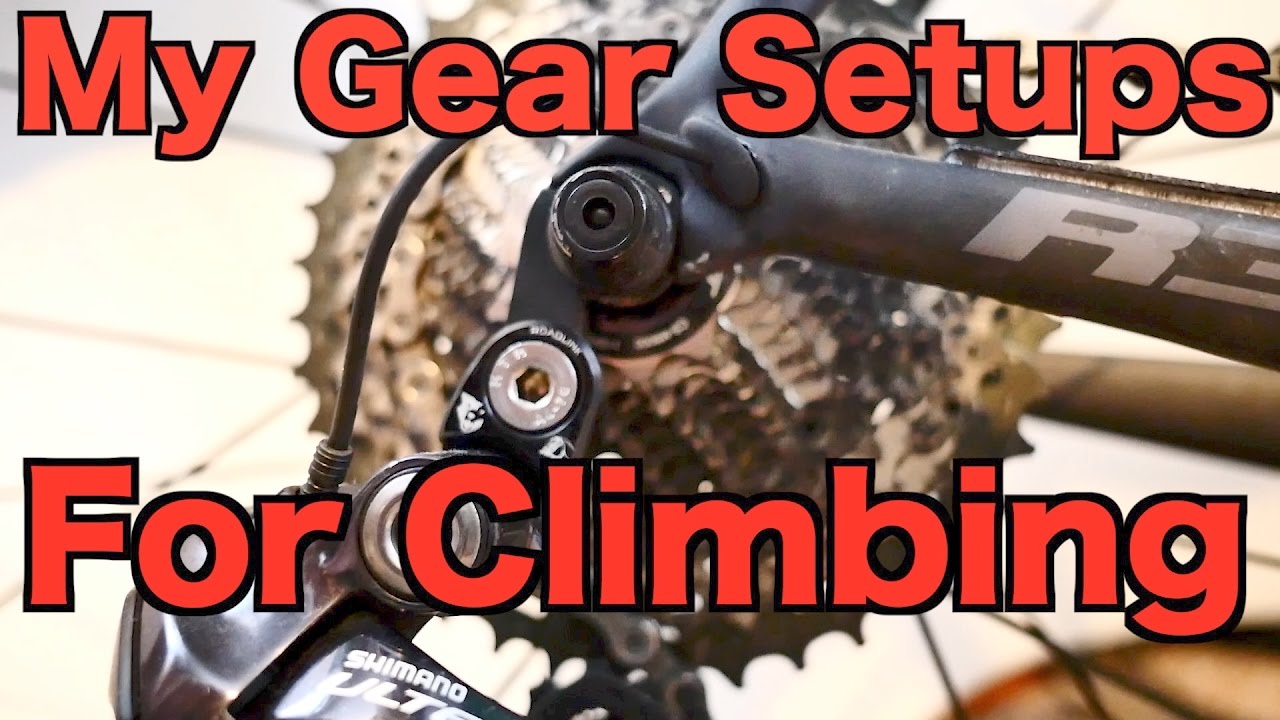🔥 Best MTB GEAR DEALS ON AMAZON
Carrying a kayak on roof racks can be a convenient and safe way to transport your beloved watercraft to your desired paddling location. Whether you are planning a weekend getaway or simply heading to a nearby lake for a day of kayaking fun, properly securing your kayak on roof racks is essential to ensure a smooth and worry-free journey. In this comprehensive guide, we will walk you through the step-by-step process of safely carrying a kayak on roof racks.


Choosing the Right Roof Rack System
Before you begin, it is crucial to select the right roof rack system for your vehicle. There are various types of roof racks available in the market, including crossbars, J-cradles, saddles, and stackers. Each option has its own advantages and suitability based on your vehicle type and personal preference. Consider the following factors when choosing a roof rack system:
- Vehicle Compatibility: Ensure that the roof rack system you choose is compatible with your specific vehicle make and model. Refer to the manufacturer’s guidelines or consult with an expert to determine the best fit for your car. This will ensure a secure and stable attachment between your vehicle and the roof rack system.
- Weight Capacity: Consider the weight capacity of the roof rack system. It is essential to choose a system that can safely support the weight of your kayak. Check the manufacturer’s specifications to determine the maximum weight capacity and ensure it meets or exceeds the weight of your kayak.
- Ease of Use: Look for a roof rack system that is easy to install and remove. This will save you time and effort when loading and unloading your kayak. Consider features such as quick-release mechanisms or tool-free installations for added convenience.
Additionally, consider the durability and quality of the roof rack system. Opt for materials that are resistant to rust and corrosion, especially if you frequently transport your kayak in wet or saltwater environments.
Preparing Your Kayak for Transport
Now that you have selected the appropriate roof rack system, it’s time to prepare your kayak for transport. Follow these steps to ensure your kayak is ready to be securely fastened to the roof racks:
- Clean and Dry: Before loading your kayak, make sure it is clean and dry. Remove any dirt, debris, or excess water from both the interior and exterior of the kayak. This will prevent any damage caused by trapped moisture or abrasive particles during transportation. Use a mild detergent and water to clean the kayak, and allow it to air dry completely before proceeding.
- Inspect for Damage: Carefully inspect your kayak for any signs of damage, such as cracks, leaks, or loose fittings. Address any necessary repairs before transporting your kayak to avoid further issues during transit. Pay close attention to areas such as the hull, seams, and hatches. If you notice any significant damage that cannot be repaired, consider getting it fixed by a professional or replacing the kayak altogether.
- Secure Loose Items: Remove any loose items from your kayak, such as paddles, life jackets, or fishing gear. These items can pose a safety hazard and may cause damage to your kayak or vehicle if they become loose during transportation. Store them securely inside your vehicle or use separate storage compartments designed specifically for kayak accessories.
Loading and Securing Your Kayak
With your roof rack system in place and your kayak prepared for transport, it’s time to load and secure your kayak onto the roof racks. Follow these steps for a secure and hassle-free loading process:
- Positioning the Kayak: To begin, position your kayak alongside your vehicle. Ensure that the kayak is aligned parallel to the roof racks, with the bow (front) of the kayak facing towards the front of the vehicle. This will make it easier to lift and secure the kayak onto the racks.
- Lifting onto the Roof Racks: With the help of a second person or using a kayak loader, gently lift the kayak onto the roof racks. Be cautious to avoid scratching or damaging your vehicle’s roof during this process. Use proper lifting techniques and distribute the weight evenly between you and your partner to prevent strain or injury.
- Centering the Kayak: Once the kayak is on the roof racks, adjust its position to ensure it is centered. This will help distribute the weight evenly and prevent any imbalance during transportation. Ensure that the kayak is aligned with the vehicle’s centerline and does not extend too far beyond the front or rear of the vehicle.
- Securing Straps and Tie-Downs: To secure the kayak, use cam buckle straps or ratchet straps designed specifically for kayak transportation. Wrap the straps around the kayak and attach them to the roof racks, tightening them securely. It is important to distribute the tension evenly to avoid any potential damage to the kayak. Follow the manufacturer’s instructions for proper strap placement and tensioning.
- Bow and Stern Tie-Downs: For added stability, use bow and stern tie-downs. These additional straps, attached to the front and rear of the kayak, will prevent any forward or backward movement during transit. Anchor the tie-downs to secure points on your vehicle, such as the towing hooks or trailer hitch. Adjust the tension in these tie-downs to ensure the kayak remains secure and immobile.
Final Checks and Safety Measures
Before hitting the road, perform these final checks and safety measures to ensure your kayak is properly secured and ready for transport:
- Double-Check the Straps: Take a moment to double-check that all straps are tightly secured and properly tensioned. A loose strap can cause the kayak to shift or detach during transportation, which can be extremely dangerous. Ensure that the straps are not twisted or tangled, and that they provide a secure hold on the kayak.
- Test the Stability: Give the kayak a gentle shake to test its stability. It should be firmly secured and not move or wobble excessively. If you notice any instability, readjust the straps and tie-downs as necessary to ensure a secure fit.
- Clear Visibility: Ensure that your kayak does not obstruct your view through the rearview mirror or block any of your vehicle’s lights. This is essential for your safety and the safety of other drivers on the road. Make any necessary adjustments to the kayak’s positioning or tie-downs to ensure clear visibility.
- Observe Weight Limitations: Be mindful of the weight limitations specified by the roof rack manufacturer and your vehicle’s manual. Exceeding these limitations can compromise the safety and stability of your vehicle. Distribute the weight of the kayak evenly on the roof racks and avoid overloading them beyond their capacity.
By following these guidelines, you can confidently carry your kayak on roof racks, knowing that it is securely fastened and ready for the journey ahead. Remember to always drive with caution and make periodic stops to check on the kayak’s condition during long trips. Happy paddling!
FAQs
1. What factors should I consider when choosing a roof rack system for my kayak?
When choosing a roof rack system for your kayak, consider factors such as vehicle compatibility, weight capacity, and ease of use. It’s important to ensure the roof rack system is compatible with your specific vehicle make and model, can safely support the weight of your kayak, and is easy to install and remove.
2. How should I prepare my kayak for transport on roof racks?
Before loading your kayak onto roof racks, make sure it is clean and dry. Remove any dirt, debris, or excess water from both the interior and exterior of the kayak. Inspect the kayak for any signs of damage and address any necessary repairs. Additionally, secure loose items such as paddles and life jackets to prevent them from becoming loose during transportation.
3. How do I properly load and secure my kayak onto roof racks?
To load and secure your kayak onto roof racks, position the kayak alongside your vehicle with the bow facing towards the front. Lift the kayak onto the roof racks using proper lifting techniques and distribute the weight evenly. Adjust the kayak’s position to ensure it is centered and secure it with straps and tie-downs. Use bow and stern tie-downs for added stability.
4. What final checks and safety measures should I take before transporting my kayak on roof racks?
Before hitting the road, double-check that all straps are tightly secured and properly tensioned. Test the stability of the kayak by giving it a gentle shake. Ensure that the kayak does not obstruct your view through the rearview mirror or block any of your vehicle’s lights. Observe weight limitations specified by the roof rack manufacturer and your vehicle’s manual to maintain safety and stability.



